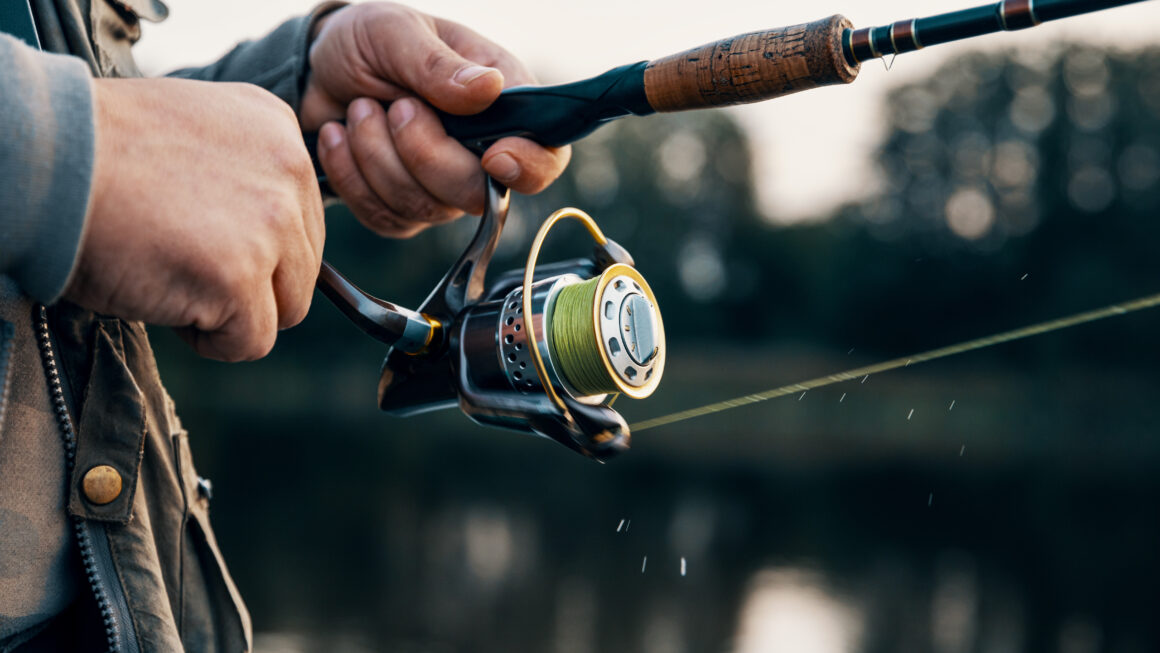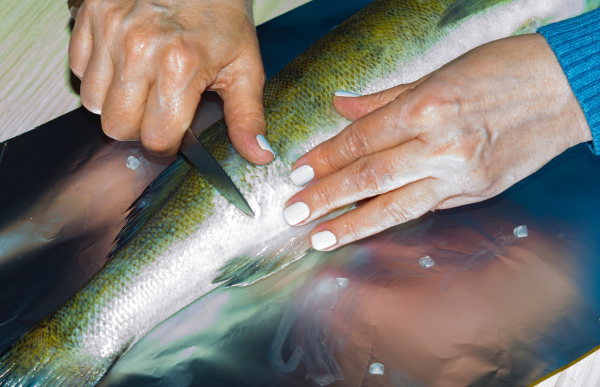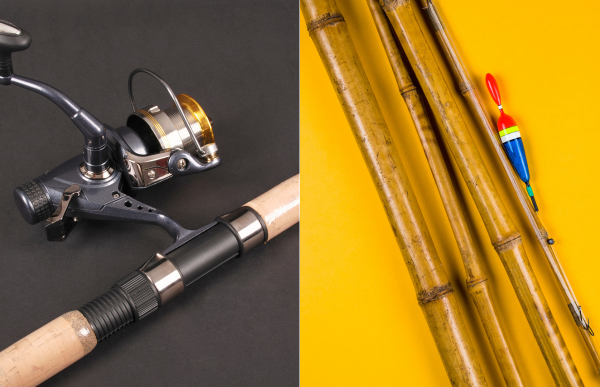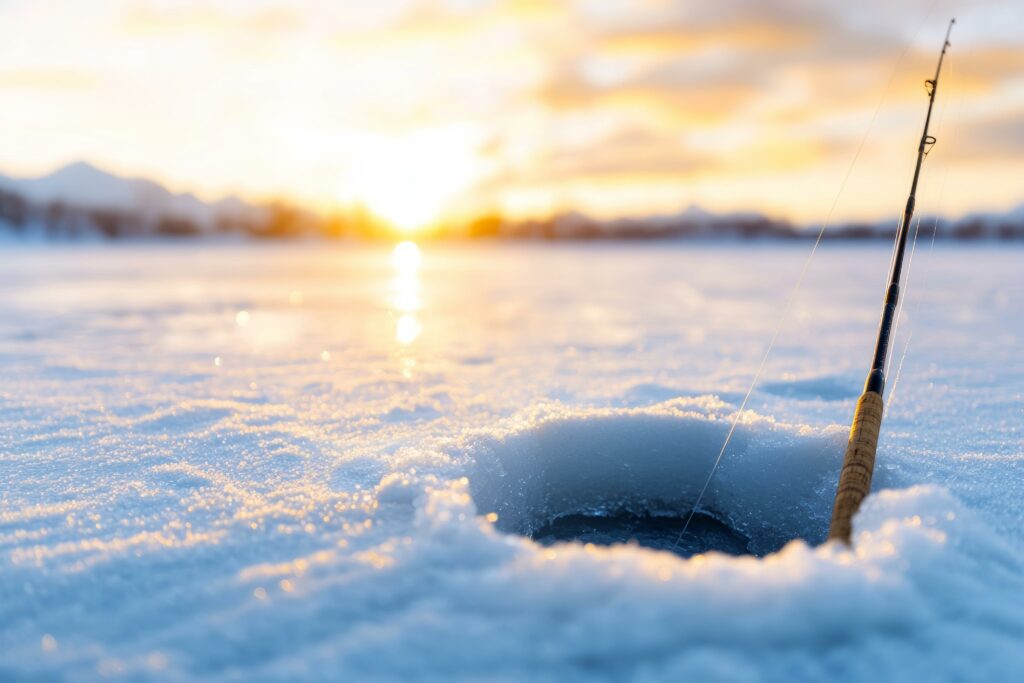
The end of the fishing season is a difficult time. It’s hard to believe that the last time out really is the last one, that there aren’t one or two more good days to go out in the boat. Unfortunately, that sort of wishful thinking can lead to gear that gets jumbled together and not properly winterized. The best time to winterize your gear is when the weather is still decent. That way you can take out absolutely every piece of equipment you have, wash it down with a mild soap and water, and leave it in the sunshine to dry thoroughly. If you do wait too long and the rain is pouring down, you can always do this process inside, although your family may not appreciate having tackle spread all over the house.
The most important rule of thumb is to put everything away clean and dry. That means no salt residue, no water droplets that can create rust or corrosion, and definitely no muck or bait remnants. Use a little rod and reed cleaner if you like. Fishing gear gets more technologically streamlined all the time, but it’s expensive, and winterizing it before you put it away for the season can save you big bucks over time.
Do Inventory
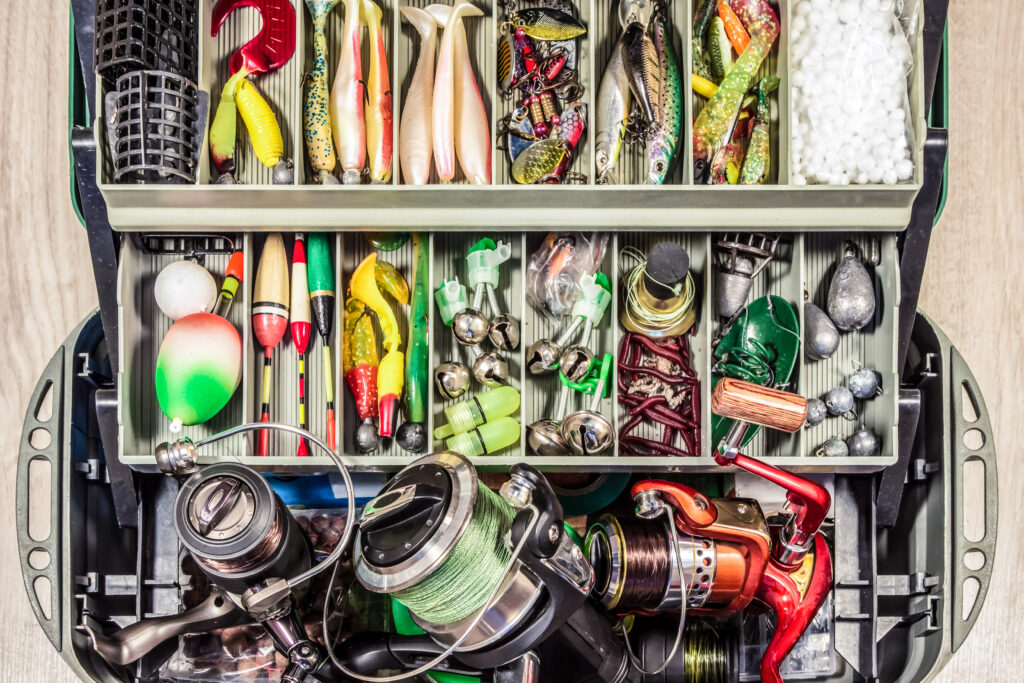
The end of the season is the perfect time to go through every hook, lure, plug, and all their components. Check them to make sure they’re not worn down, broken, bent, or rusted. Sure, it might seem like they have a little life in them left, but that’s not really a theory you want to test when you’ve hooked The Big One and a defective jighead means it gets away.
There’s no one way to sort your gear, so do it in a way that makes sense to you. You could do it by species of fish or by what you usually use in a certain location based on environmental factors. The important thing to keep in mind is that you want to streamline the process of finding what you need each time and you want to make sure you’re not lugging around a bunch of extra equipment if you don’t need to.
Although storage is unique to everyone who fishes, there are still a few rules of thumb. Don’t mix your soft body plastics together, lest they melt into a lump. And don’t keep anything together that could tangle or damage each other.
Damage Out
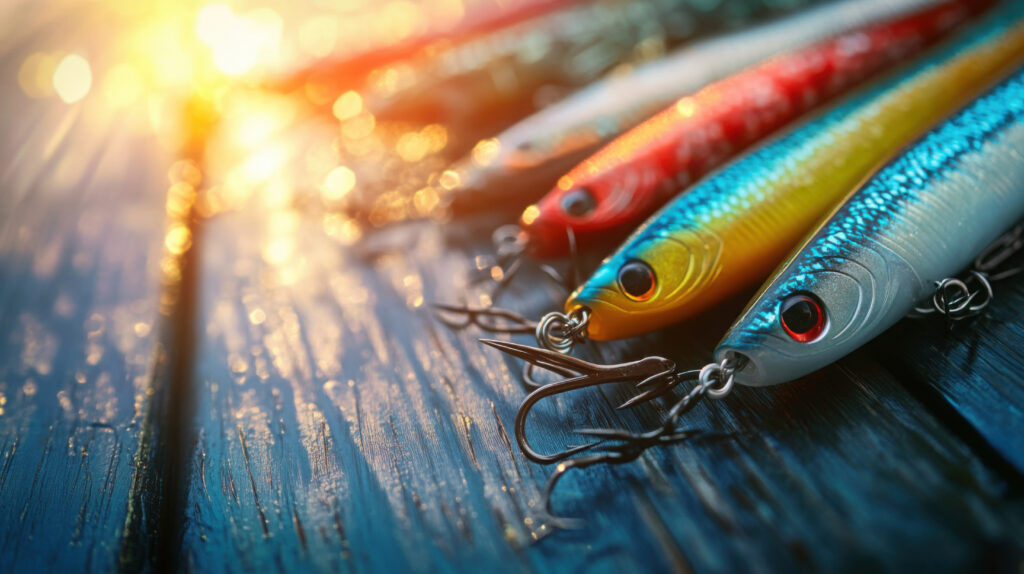
Now that you’ve sorted all your inventory into what’s clean, what goes together, and what’s damaged or defective, it’s time to make the hard choice of what to throw away. A good rule is that anything that might ruin your chance at catching the next big thing should be thrown out. You can spruce up a dull lure, paint a chipped hardbody plastic, and sharpen a hook, but if it’s weakened, rusted, or worn down, it’s probably time to toss it.
You may have tossed out a lot of tackle over the season, so go through all of your gear (by species, location, color, etc.) and see what you’re low on and what you’re missing. If you keep a consistent storage space, you’ll be able to tell with one glance what you’ve run out of. Stock up before you put everything away.
Reel Maintenance
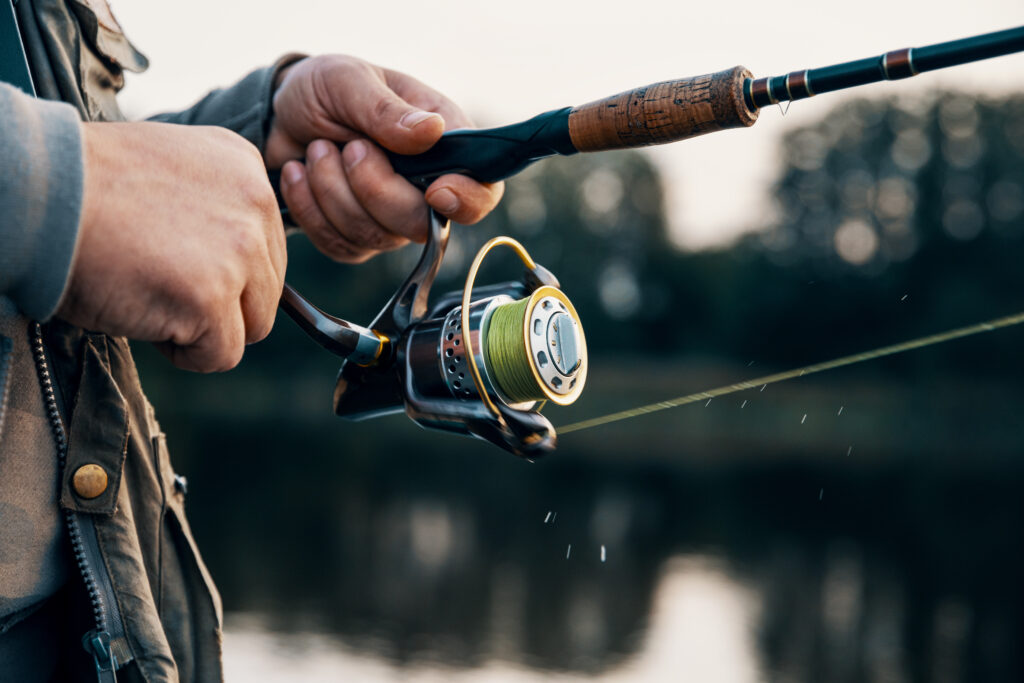
Reels really only need to be greased once a year or so (more if you do a lot of saltwater fishing), so the time to do so is usually right before you put them away for the season. Some folks swear by plain old W-40, as it prevents oxidation and rebuffs moisture, but it’s not really intended for long-term use on a reel, and it may not last you through the winter. A better, safer choice is to go with something specifically designed for your equipment, like ReelX.
It’s also important to loosen the drag on your reel before you store it for a long time. If it’s sticking, you can also put some drag grease on the washers.
Ancillary Equipment
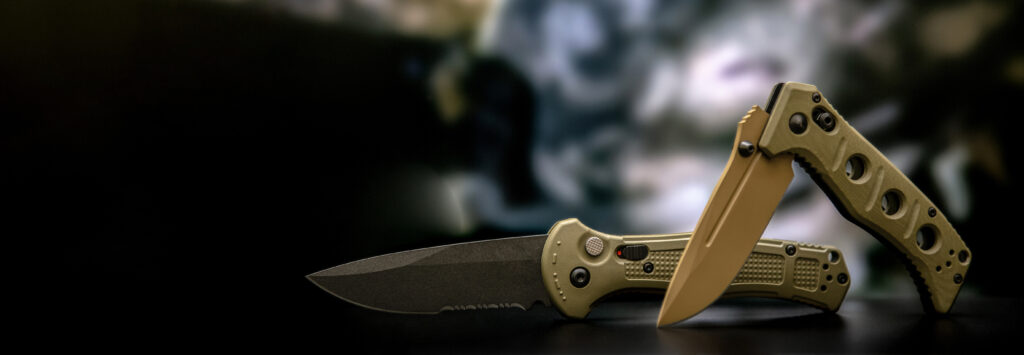
You take a lot of other stuff out on the water with you when you fish, so don’t leave it to languish either. Thoroughly clean, rinse, and hang-dry your waders in a warm, dry place before putting them away. If you’ve noticed any holes developing, now is the time to patch them. Anything with batteries (flashlight, headlamp, scale) should have its batteries removed to avoid corrosion and battery drain. And any tools that go out with you (knife, net, pliers) should be washed, dried, and oiled as necessary.
Winterizing your gear is only done once a year, and it doesn’t have to be onerous. Think of it as an opportunity to get everything neatly squared away so that it’s fresh and ready to go when the next season rolls around.

